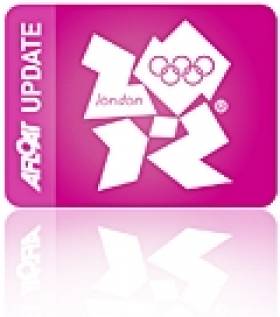Displaying items by tag: Miami
Murphy Moves into Third in Miami
Two seconds in today's Laser Radial racing on Biscayne Bay give Dun Laoghaire's Annalise Murphy third overall at Miami Olympic Classes Regatta but the news in the Star class is not as good after Ireland's Peter O'Leary and David Burrows nosedive after a Black Flag Disqualification in race four.
Single hander Murphy, from the National YC, is racing in a highly competitive 58-boat fleet that is led by Belgium's Evi Van Acker. Winds over 16 knots ideally suited the National YC sailor wh now counts a 5, 15 and the two second places. Results HERE.
O'Leary and Burrows dropped from fourth to 23rd after counting a 28th and the Black Flag result today in their 56-boat fleet. Results HERE.

Annalise to leeward in a start in great conditions in Miami. Photo: Daniel Forster/Rolex
O'Leary and Burrows off to Flying Start in Miami
Ireland is off to a flying start at Miami Olympic Classes Regatta in the Star Class. Peter O'Leary and David Burrows lie fourth overall in a fleet of 58 boats. Former Laser ace Robert Scheidt and Bruno Prada from Brazil lead from Sweden's Frederick Loof and Max Salminen. Racing continues today. More HERE. Peter O'Leary podcast interview HERE.






























































